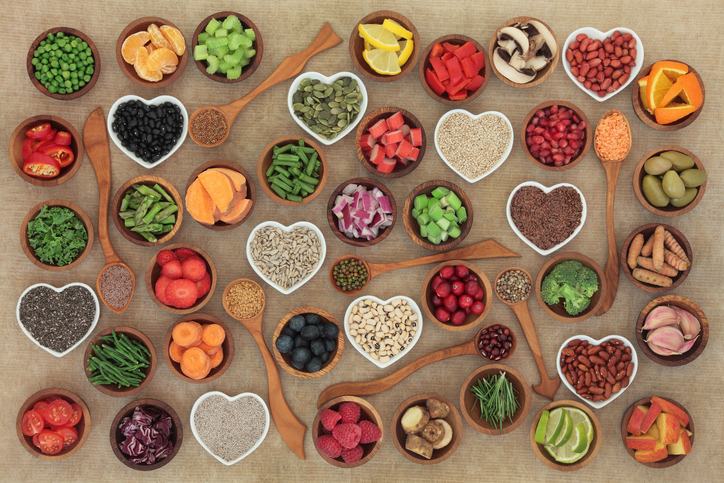The prospect of going gluten free can be daunting for many people that have been diagnosed with Celiac’s Disease or gluten intolerance/allergies. I would know – I haven’t eaten wheat, spelt, rye or barley for the last 15 years! Being 10 years old and being told you can’t eat your favourite pancakes on a Sunday morning isn’t ideal.
Luckily, there are many solutions now for people transitioning to a gluten free diet. There are still, however, some must knows and essentials to look out for in your transition to a full non-gluten-eater.
1. Start finding (and eating) naturally gluten free foods
While it may come as a surprise to some, there are thousands of foods that are naturally free from gluten. Fresh fruit and vegetables, meat, fish, poultry, cheese and eggs are all naturally gluten free. Beyond this, there are many grains and cereals that you can turn to, including quinoa, teff, buckwheat, polenta, corn and of course rice. You can get a full list of all the gluten free grains here.
Importantly, make sure you’re checking labels to ensure that the grains you are buying are uncontaminated (particularly if you are Celiac). Try to start using different types of flours and substituting wheat for any number or combination of gluten free flours.
2. Start experimenting in the kitchen
It’s important that when you go gluten free, you find foods that you will enjoy eating. It’s critical (as mentioned above) to start experimenting with new flours so that you can whip up your favourite cakes, sweets and breads. Buckwheat makes an excellent substitute for flour in bread, as evidenced in this simple activated buckwheat bread.
3. Do your best to not get “Glutenised”
Getting “Glutenised” – as I call it – is at times unavoidable. Unfortunately, particularly for Celiac’s who have to face the long term repercussions from Glutenisation, restaurants and friends often make the mistake of cross contaminating food with wheat-filled food. When eating out or at a friend’s house, make your level of allergy/intolerance clear to the person cooking the meal. If you cannot have any wheat close to your food, make sure you select restaurants that cater to that or bring some extra food to a friend’s house. It’s embarrassing at first, but it might save you!
4. Find your favorite gluten free substitutes
When you’re first diagnosed, it’s great to go on a spree to find what you enjoy eating the most. Experiment with foods at the supermarket and find out what brands you like and where you can buy them.
Just because you’re eating gluten free it doesn’t mean you are eating healthily. Make sure you’re checking sugar contents and ingredients in your snacks. Often (particularly gluten free breads) can be filled with additives, preservatives and bad stuff. It’s often best to make your own. If you’re after unhealthy stuff (for example a gluten free cherry pie) I would advise making it at home!
5. Get used to reading labels on food and know what you’re looking for
This is the most important point of the five. Read labels. Gluten free products often sneak bad additives and low quality ingredients in order to drive down the cost of more expensive gluten free ingredients. Treat your body well by reading labels, buying fresh and organic where possible and ensuring that you don’t get Glutenised. Be prepared to spend a little bit more on high-quality gluten free products or start making food at home.

